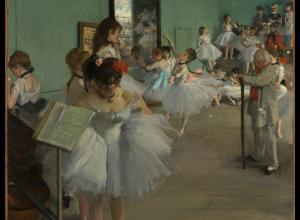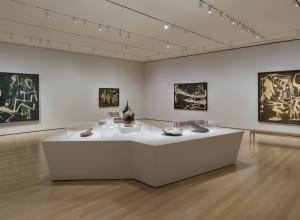Issues of preservation play a major role in the circumstances of object and knowledge survival from antiquity. An object’s material composition is perhaps the most critical factor of its preservation. Paintings on wooden panels are significantly more likely to deteriorate and decay than a marble statue, while objects made of precious but reusable metals (e.g. bronze, gold, silver) are similarly less likely to survive than, say, a terracotta dish. It is not a coincidence that the greatest number of surviving works include pottery, marble sculpture, smaller scale statuettes (often in terracotta), and mosaics.
Our primary sources on art and artists face similar problems of survival. The oldest manuscripts of ancient art historical writings date to many hundreds of years after the original texts were composed and often represent the selection biases of the groups and individuals who copied and preserved them. Why Herodotus’ work was preserved and not Xenokrates of Sicyon’s, for instance, remains unanswerable but significant for what artists and art we know about.

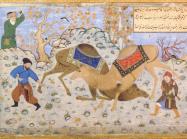

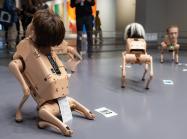

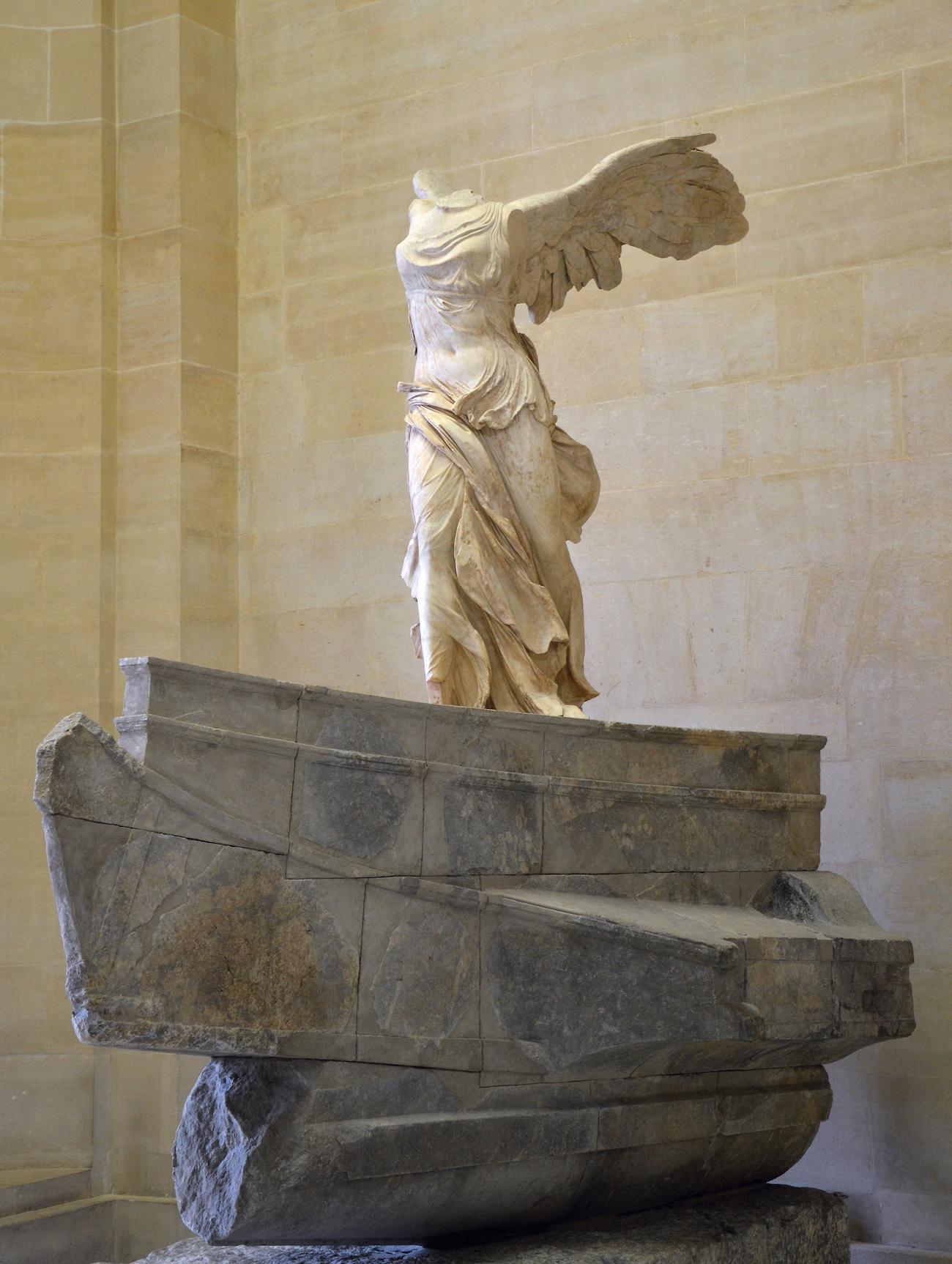
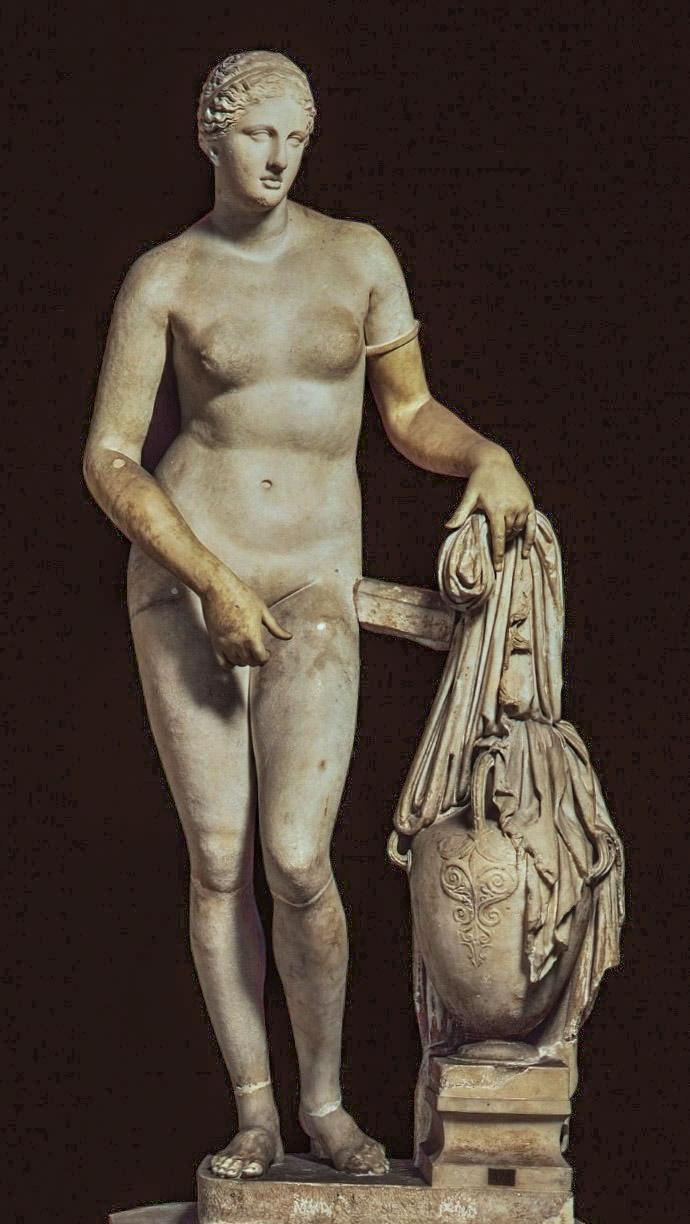
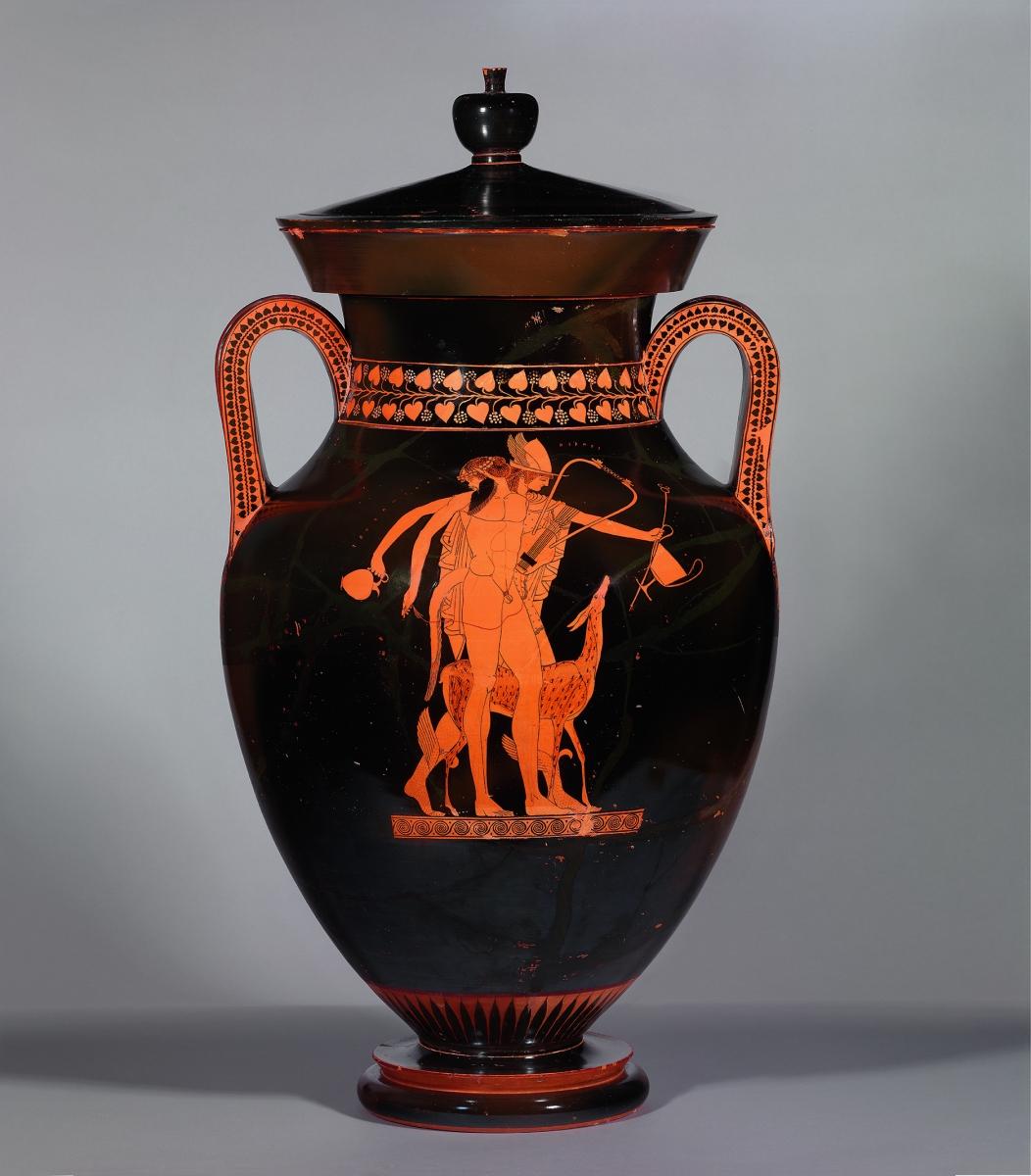
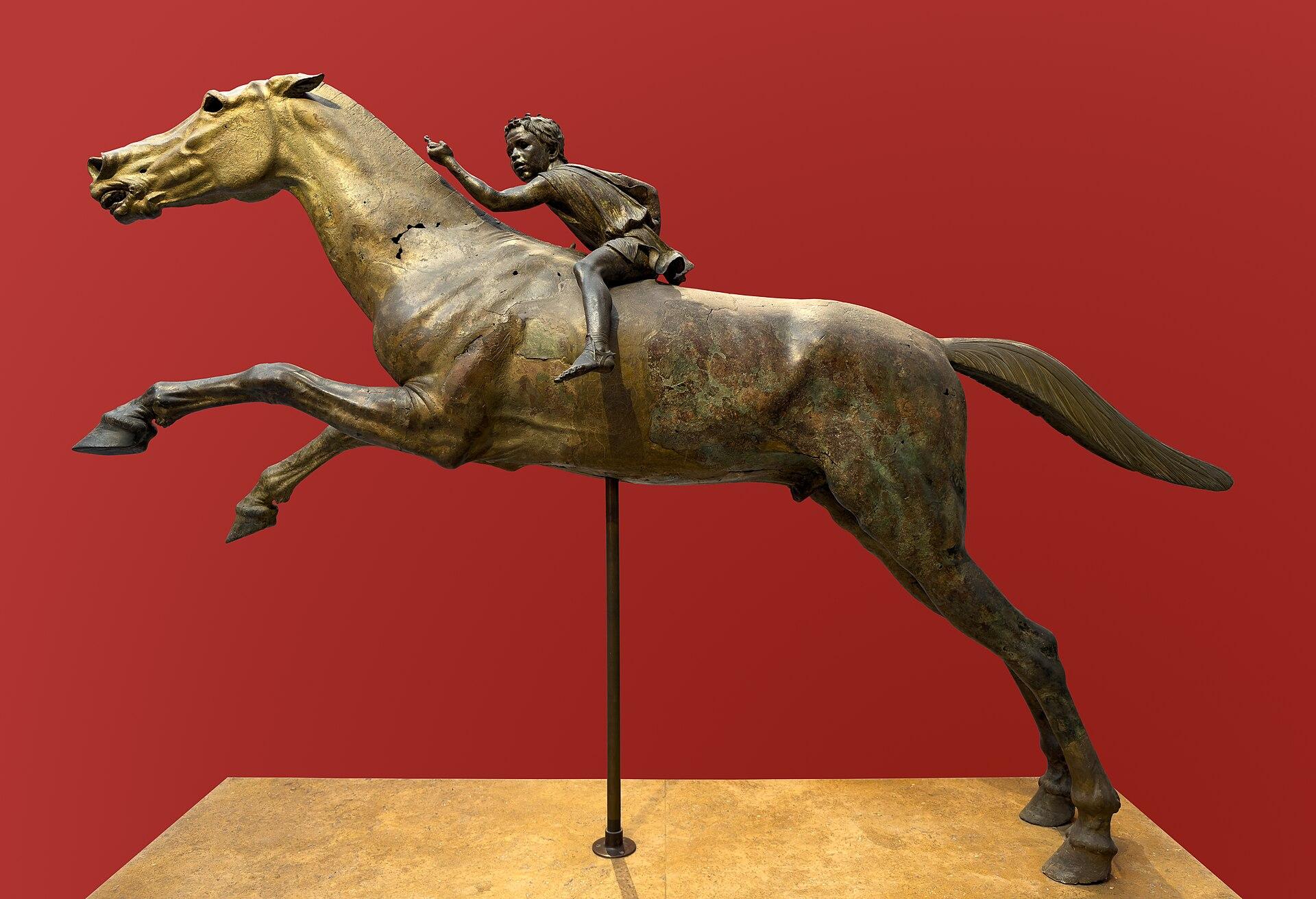
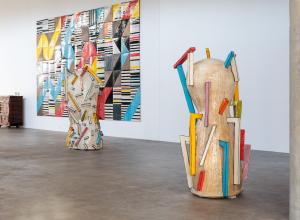
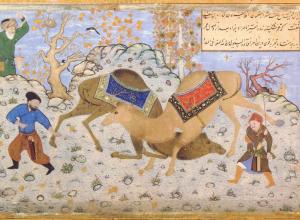
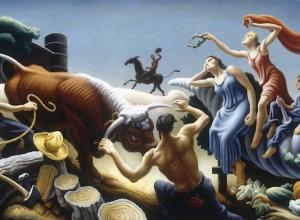
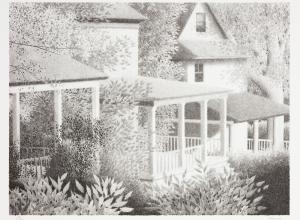




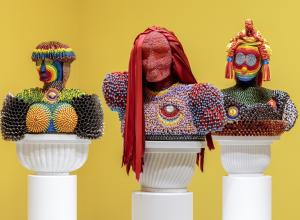
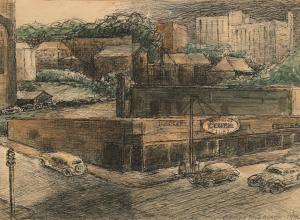








![DEl Kathryn Barton [Australian b. 1972] the more than human love , 2025 Acrylic on French linen 78 3/4 x 137 3/4 inches 200 x 350 cm Framed dimensions: 79 7/8 x 139 inches 203 x 353 cm](/sites/default/files/styles/image_5_column/public/ab15211bartonthe-more-human-lovelg.jpg?itok=wW_Qrve3)

